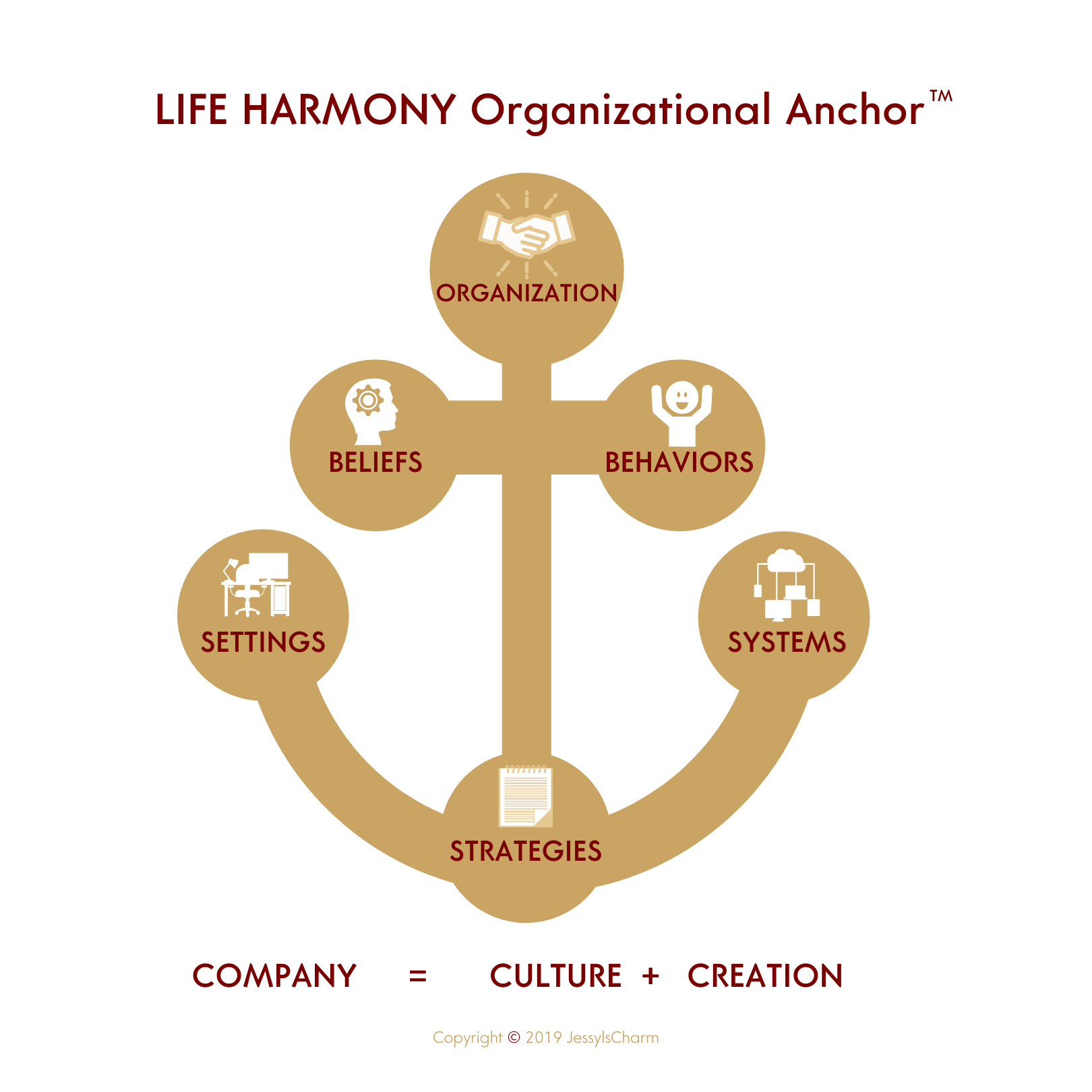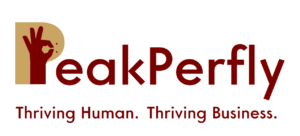Dear Business Leader, crisis proofing is a measure that must be intentionally incorporated into your business right off the bat. This serves as a blueprint for navigating through challenging times which may otherwise negatively impact your business.
With the right strategies and practices, crisis situations like the COVID-19 pandemic can help you glean knowledge, establish greatness, enjoy relevance and create impact where others are falling apart.
Beyond helping you navigate crisis, these strategies can help you build a high performing and well-rounded business.
These Why-Who-What-and-How (3WH) strategies are less about technicalities and more about thoughtfulness.
1. The Why
Re-enact your company’s principles and philosophies by answering the ultimate question – WHY do we do this?
The Why is FIXED and is the main constant in this framework. Purpose is the life-wire of any venture. Build your business upon a firm foundation of the right philosophies of life and principles of success while taking the laws of nature into account. Your business exists for humanity’s advancement. I doubt that this is debatable. Whether you’re addressing unresolved problems or you’re refining existing solutions, you must be humanity-enhancing. Think of clearly articulating your mission and value around the quadruple bottom line of People, Planet, Purpose and Profit.
It’s unhealthy and unsustainable to build your business only on the outcome of profit. All elements of the bottom line must be established equally to ensure the stability of your business.
Average businesses ask How and What before Why and Who. Smart businesses know the right sequencing. Asking why before anything else, forces you to think about your core motivations and the validity of your vision. Your business plan and model aren’t as important as your business vision.
2. The Who
Reassess your organizational culture by effectively enabling all stakeholders (internal and external).
Hopefully, you’re already in tune with the conversations around the shift from the broken model of shareholder capitalism to an enabling model of stakeholder capitalism. A healthy organizational culture is everything in today’s business world. I teach Business Leaders how to establish one, using a framework called the Life Harmony Organizational Anchor. Your business is fundamentally reliant on people (their beliefs and behaviours). Your business settings, strategies and systems don’t work without people. You mustn’t take lightly any strategies necessary to ensure a human-centric business environment.

Internal stakeholders.
Primarily, establish a culture that leverages and advances the human potential of the people.
Create an environment where people feel they’re an asset, not just to your company but to the world. A people with an ingrained desire to be of value wherever they are found, will be more mentally and emotionally equipped to handle crisis.
Furthermore, ensure your company has people:
1. Who have reclaimed their power from the platform.
2. Who take ownership of their work.
3. Who regard the offering more than the office.
4. Who align with the purpose more than the paycheque.
The above are the qualities of great people. Your business’s ability to withstand turbulent times is dependent on the number of great people aligned with it. Eugene G. Grace, President of Bethlehem Steel Corporation from 1916 to 1945 said and I paraphrase “a good engineer knows HOW to build machines, but a great engineer knows WHY he’s building them”. Great people have an elevated consciousness of self and of the world, hence, they live with an intrinsic sense of fulfillment and an improved quality of life. Help your people activate greatness and enjoy Life Harmony by investing in their overall development.
External stakeholders
Your customers, who happen to be the most important stakeholders, must be made to feel very vital to your vision and mission. The principle of “the Customer is king” will help you attract and retain loyal customers who will be willing to weather any storm with you. Many smart businesses have taken advantage of the idea of building community-centred products and services. This way, their customers are advocating for them and building lifelong relationships with their solutions.
3. The What
Re-evaluate the problem and solutions regularly and methodically.
Your goods and services shouldn’t be the drivers for the daily activities and interactions in your business. The problem you’re solving or the solution you’re enhancing, must be the driver of the work you do, as a company. There are consistently many angles to addressing a problem and you must inevitably explore creative ways of delivering your solutions. Don’t do any forecasting or business projections without re-evaluating your WHY with the current needs of your WHO. Your goods and services should evolve overtime, so you must be equipped to move when forces beyond your control require you to shift gears. While adapting to creative ways of supporting your WHO in this crisis, you should also be thinking of their post COVID-19 human needs your WHY can address.
4. The How
Redefine the methods and approaches to ensure adaptability.
Firstly, understand that the business is different from the workplace. The workplace is simply a platform, so teach your people what I’ve termed “detachment from platforms”. Your commercial real estate, technology, equipment, machine learning, artificial intelligence, etc. are all platforms and mustn’t be excessively depended on. Platforms don’t carry purpose, people do. I tell my people that we’re not in business to occupy fancy offices, but to SERVE (our WHY) the needs of the PEOPLE (our WHO).
Secondly, your workplace techniques and tools must be fluid and easily adaptable to change. Ensure that people detach themselves from the methods used in the process of delivering the solution. This way, your people are open to change and can easily adapt to things like new technologies and innovative strategies when the need arises.
In conclusion, let’s review the 3WH equation in order:
The WHY = Purpose
The WHO = People
The WHAT = Products/Services
The HOW = Platforms
W+W+W+H = Crisis Proof Framework
I strongly believe any business that wants to be sustainable, enjoy longevity, maintain optimal productivity and withstand crisis needs to have a crisis-proof playbook. To create one for your business, feel free to copy these strategies and remember to review them periodically.


Leave A Comment